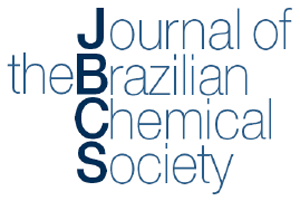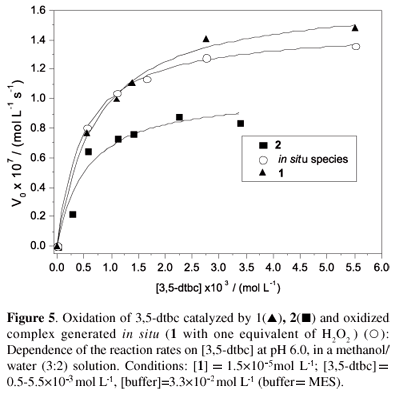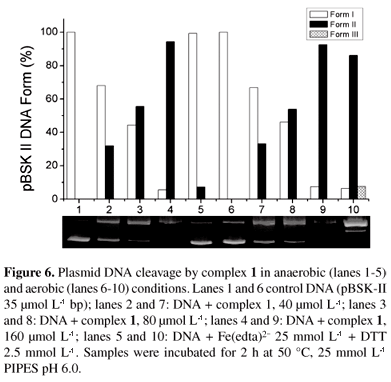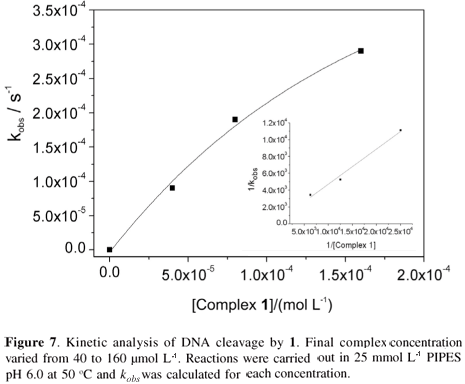Catalytic promiscuity has emerged as an important property of many enzymes since the relationship of this property to enzymatic evolution became clear. Simultaneously, the development of suitable biomimetic catalytic systems capable of mimicking the promiscuous catalytic properties of such enzymes represents a new challenge for bioinorganic chemists. In this paper we report on the X-ray structure, the solution studies and the promiscuous catalytic activity of the mixed-valence complex [(bpbpmp)FeIII(µ-OAc)2FeII](ClO4), (1), containing the unsymmetrical dinucleating ligand 2-{[(2-hydroxybenzyl)(2-pyridylmethyl)aminomethyl]-4-methyl-6-[bis(2-pyridylmethyl)aminomethyl]}phenol (H2bpbpmp). Potentiometric and spectrophotometric titrations and kinetics studies showed that this coordination compound generates active species that promote hydrolytic cleavage of double strand DNA (dsDNA), with a rate enhancement of 1.9×10(8) over the non-catalyzed reaction, as well as promote oxidation of 3,5-di-tert-butylcatechol (3,5-dtbc), with k cat = 1.16 × 10-2 s-1 and K M = 7.1×10-4 mol L-1. Thus, complex 1 shows both hydrolase and oxidoreductase activities and can be regarded as a man-made model for studying catalytic promiscuity.
mixed-valence FeIII FeII complex; unsymmetrical ligand; catalytic promiscuity; diester and DNA cleavage; catecholase activity














